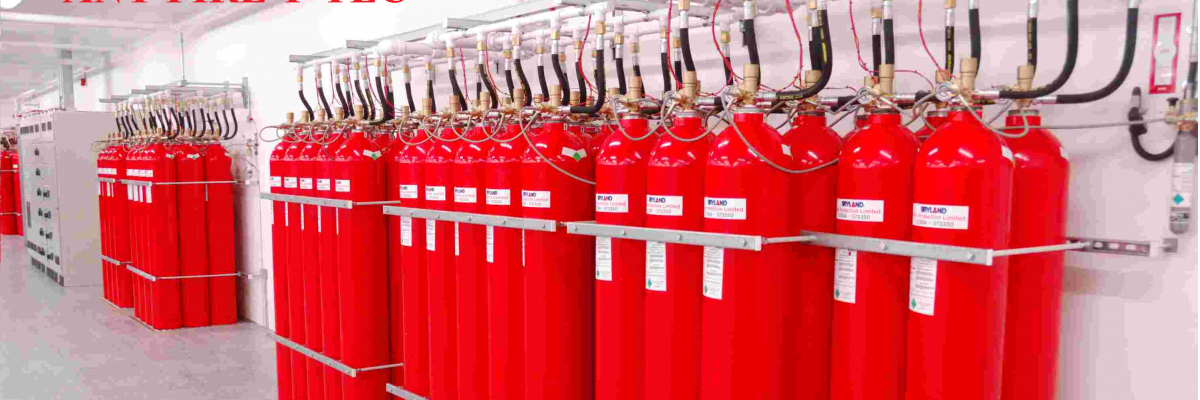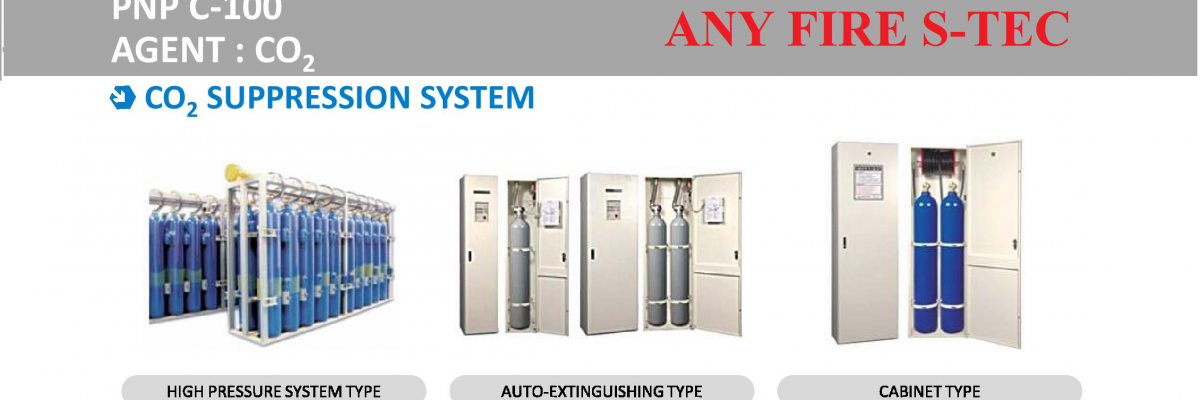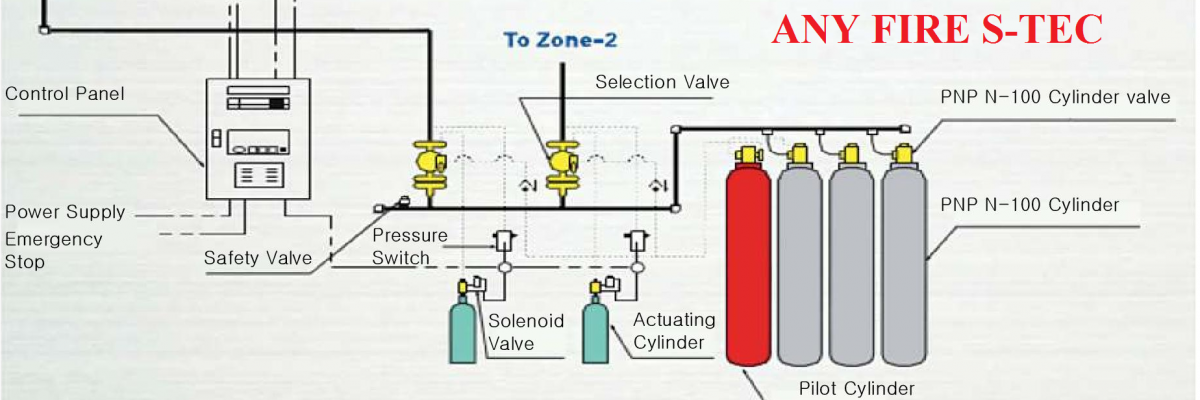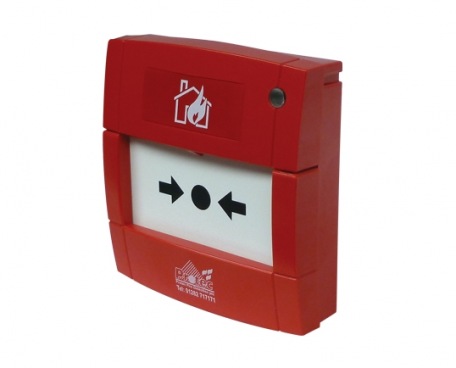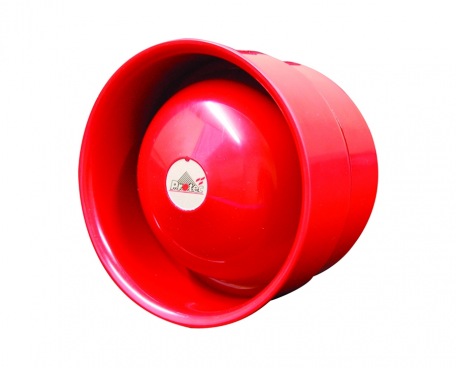Cirrus HYBRID Aspirating Fire & Smoke Detectors
Combined Cloud Chamber ‘Fire’ and optical ‘Smoke’ detection
History tells us that in reality there are really only two types of aspirating detector technology. These technologies are ‘Cloud Chamber’ aspirating detection identifying optically invisible fire particulate, and laser or LED ‘Optical’ aspirating detection identifying small amounts of visible smoke.
Cirrus HYBRID is the only aspirating detector available to identify the optically invisible fire particulate by utilising the unique ‘Cloud Chamber Detection’ (CCD) technology.
Depending on the materials burning, particularly in the many modern applications for aspirating detection systems, some fires burn with only a small amount of visible smoke, whereas others burn with greater volumes of visible smoke.
Cirrus HYBRID detects these wide-ranging ‘smokier’ fire types too. Early Warning Smoke Detection (EWSD) is provided using high performance optical ‘Scatter Chamber Detectors’ (SCD) that identify both small and larger smoke particles entering the detector.
By utilising the two most effective methods of aspirating system technologies (CCD and EWSD) in a single detector the Cirrus HYBRID detector provides a device able to detect fire and smoke over the largest range of fire types.
However, what makes this totally new and genuinely unique concept in aspirating fire and smoke detection technology so different is that these two technologies work both independently from each other, and through the use of complex algorithms also interact together, to provide true intelligent alarm decision making. The result of this synergy of technologies is a device that can verify true alarm conditions across the largest range of fire types. A further and equally as important result of this synergy of technologies, is the discrimination of unwanted or false alarms which have historically and still continue to plague so many optical only aspirating detectors.

